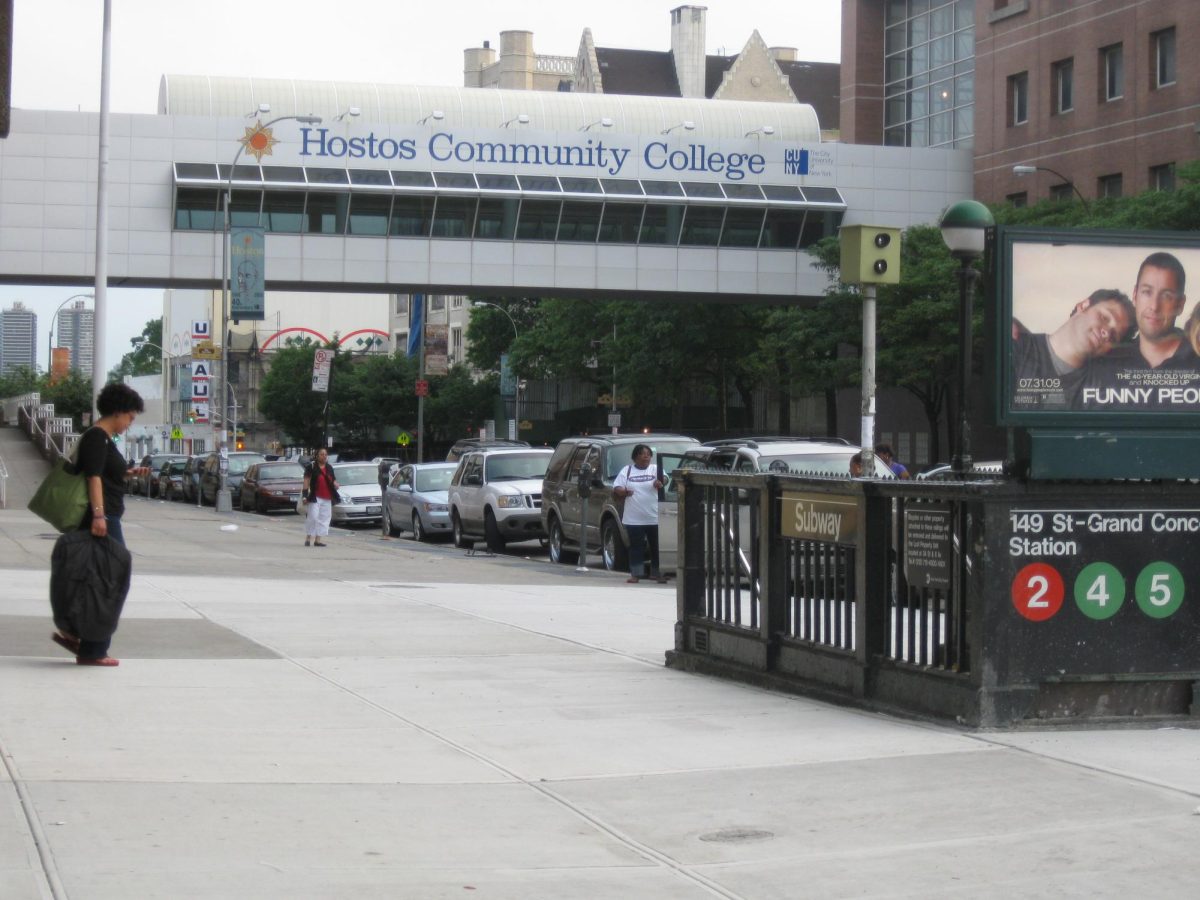The creation of a Retirement and Disability Research Consortium, through the help and funding from the Social Security Administration, was announced in a statement released on Feb. 20 by the official CUNY website.
The funding for this center began with $1.9 million dedicated to the project in the first year, and similar amounts will also be given in the following four years.
In collaboration with the CUNY Institute for Demographic Research at Baruch College, the Brookdale Center for Healthy Aging at Hunter College and the Schwartz Center for Economic Policy Analysis at The New School, the NY-RDRC will cater to those researching the elderly, the disabled and others dependent on Social Security. This will be the sixth center that has been established.
“The role of RDRC centers is to build and strengthen SSA’s capacity to undertake a broad range of research, evaluation and policy analysis for the Old-Age and Survivors Insurance, Disability Insurance and Supplemental Security Income programs,” the Social Security Association stated in its memo posted on the construction of these research centers.
The Social Security Association explains in its memo that every year the focal points of research change, this year there is a focus on the disparities between race and social class, amongst others.
The memo also stated, “Disparities in disability allowances: For
the DI and SSI programs, how do barriers to access and variations in allowances relate to race, ethnicity and sex? In particular, is there evidence of systematic differences in allowances for the DI or SSI programs?”
The center hopes to bring interdisciplinary scholarships for various branches of research, including economics, public health, urban planning, sociology, demography and social gerontology, like its counterparts in institutions such as Boston College and Spelman College.
Many who live off social security face the financial hardships of rising costs of living.
The Center on Budget and Policy Priorities stated, “About 66 million people, or about one in every five U.S. residents, collected Social Security benefits in February 2023. While older adults make up about four in five beneficiaries, the other one-fifth of beneficiaries received Social Security Disability Insurance or were young survivors of deceased workers.”
Minorities are more likely to rely on social security than their white counterparts. 33% of Black people and Hispanics each relied on social security, in comparison to 16% of whites.
The NY-RDRC aims to elevate research on such topics with the help of various colleges.
In a statement, CUNY Chancellor Félix Matos Rodríguez said, “CUNY is committed to reducing health and economic disparities and this partnership exemplifies how we are expanding research opportunities for CUNY students by creating collaborations across disciplines, across our campuses and with partner institutions.”








